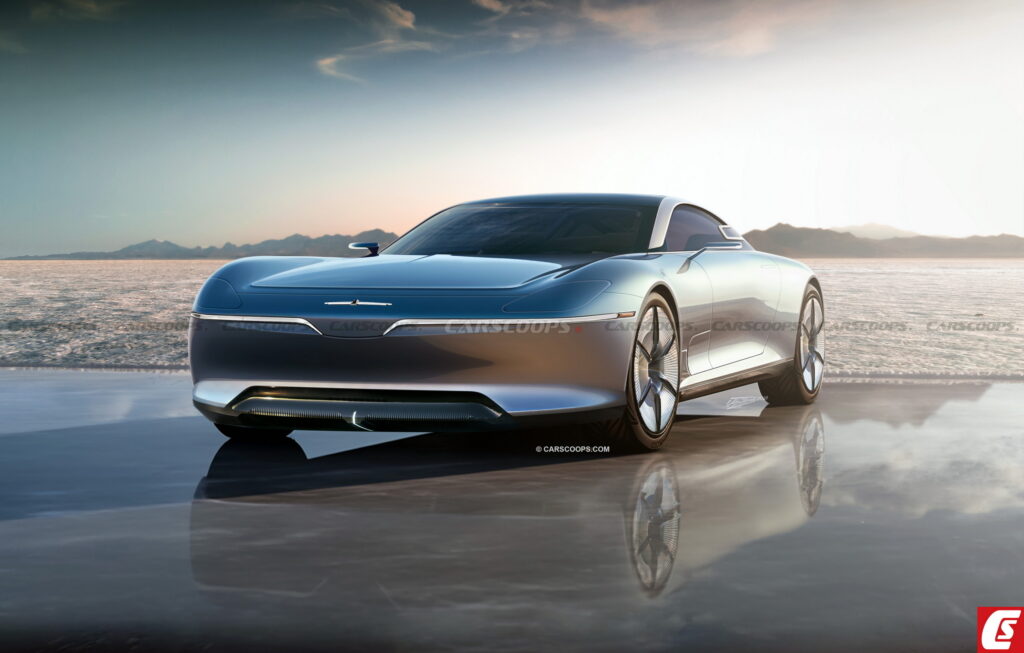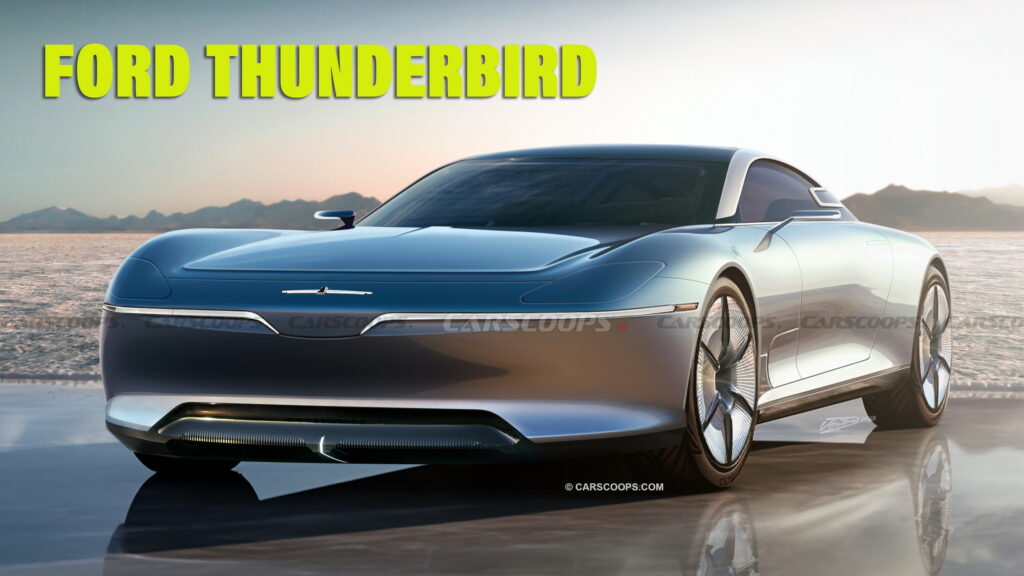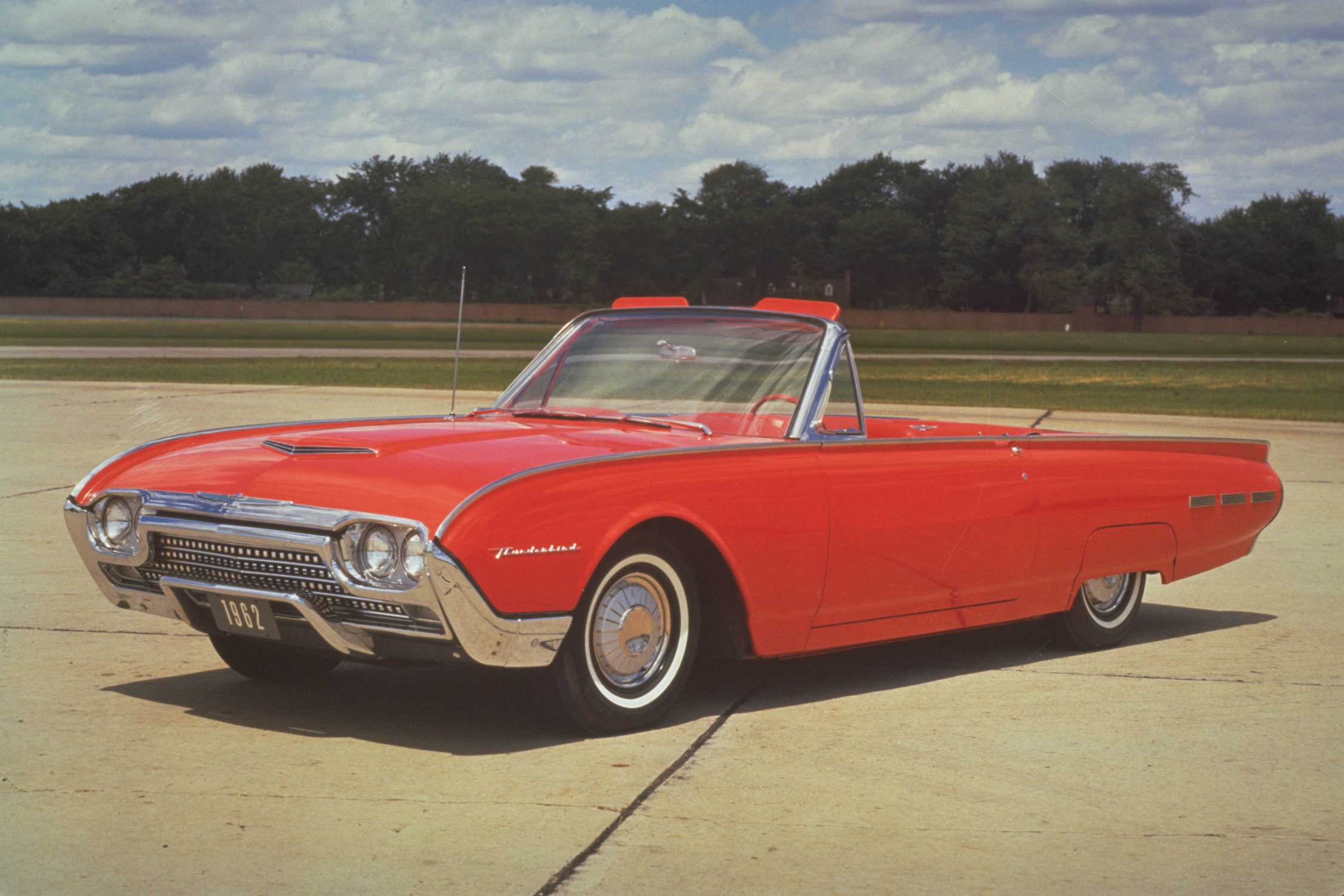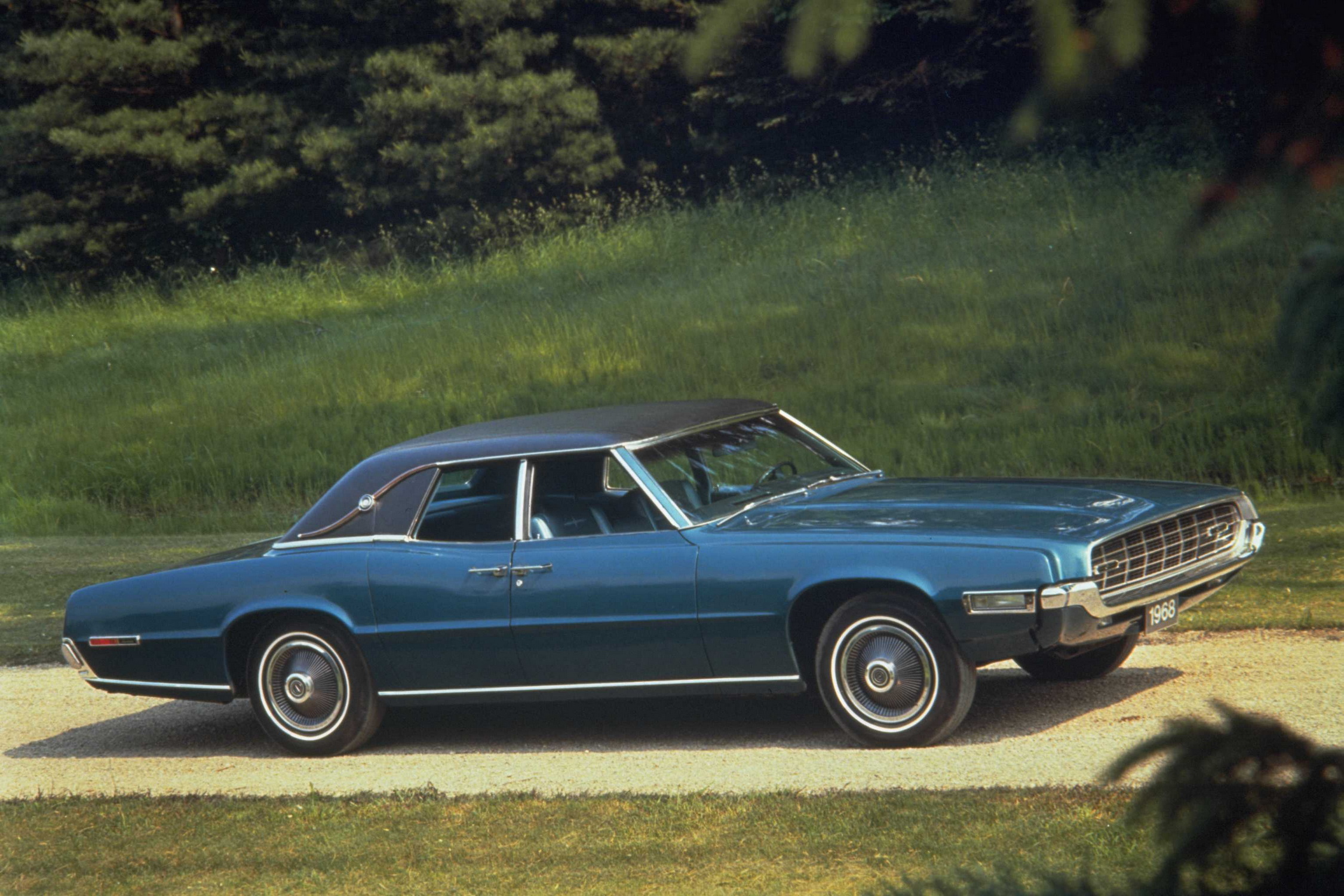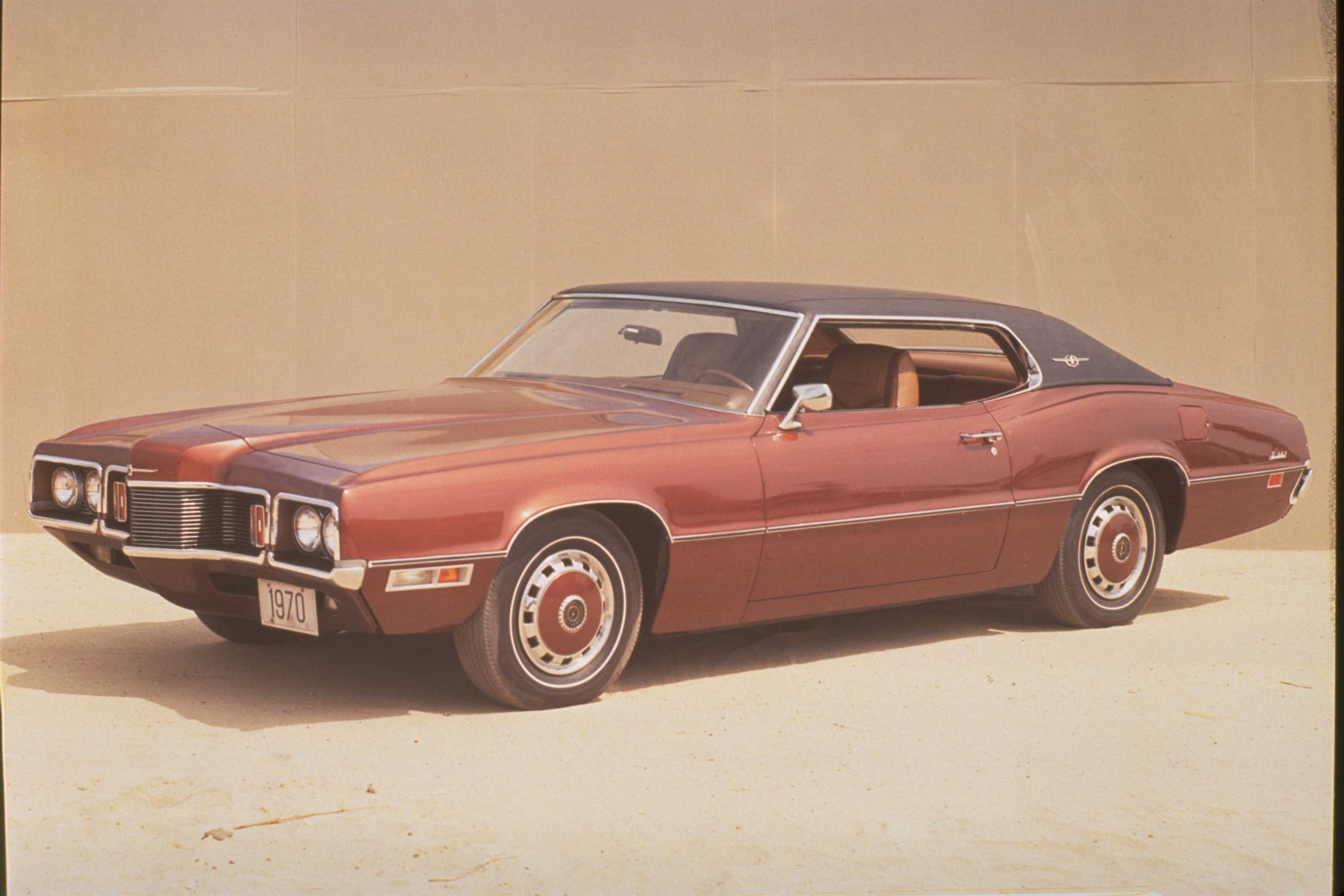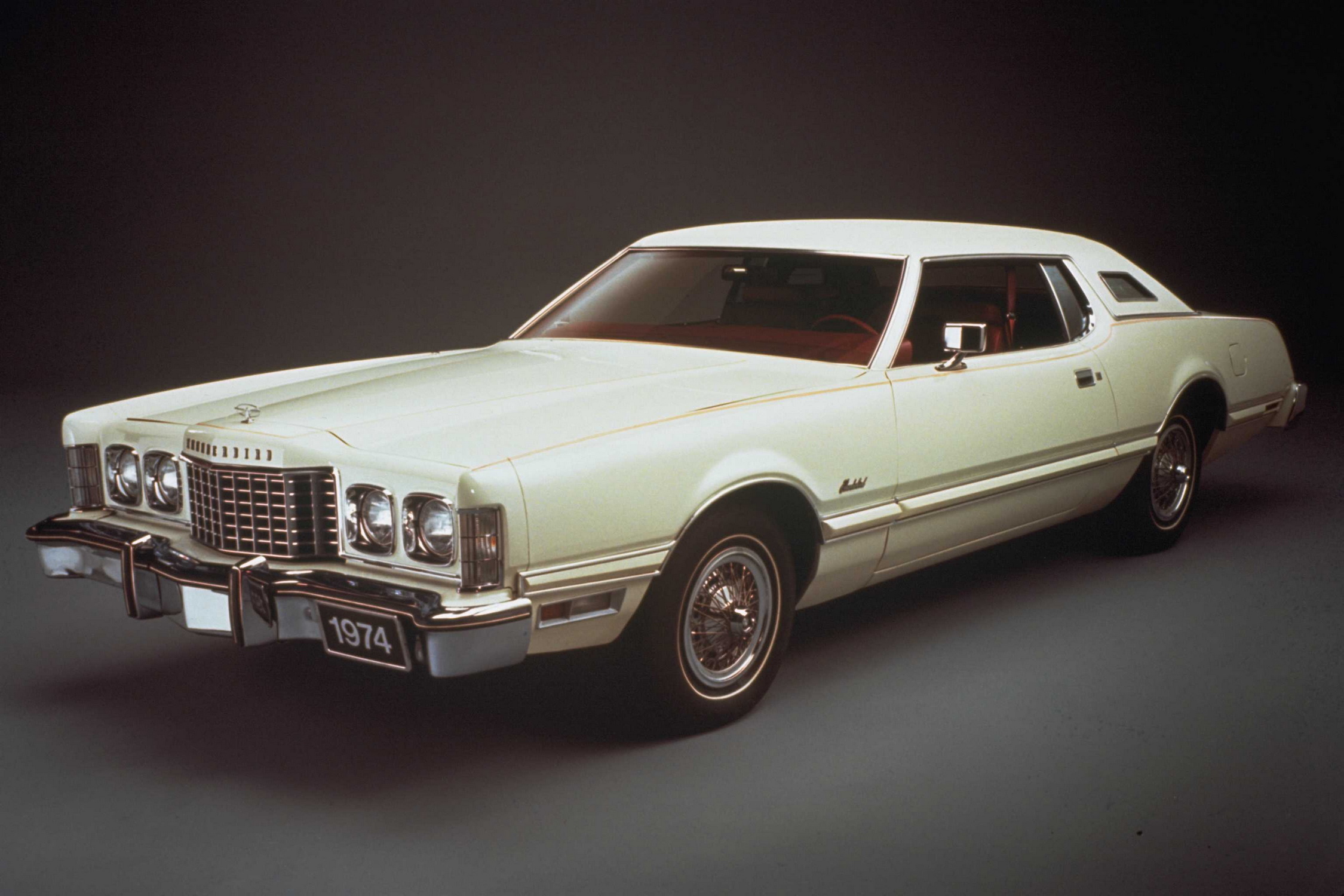The illustrations in this story are not related to nor endorsed by Ford.
Vehicle trademarks and patents are nothing new, as manufacturers often submit many of them yearly, helping protect intellectual property such as heritage nameplates, new technologies and designs against other automakers who want to gain a sneaky upper hand.
Ford did this back in 2021, filing a principal trademark to keep the Thunderbird nameplate from escaping Dearborn’s clutches. Rumor was rife that Ford was bringing back the icon as a Corvette competitor; however, it was merely conjecture that has since been quashed.
Nevertheless, questions remain. What if Ford brought back the iconic ‘personal luxury car’ that has been offered over the years as a convertible, coupe and even a four-door coupe? What could it look like? Curious? Let’s illustratively explore further.
Retro Inspired, Future looking
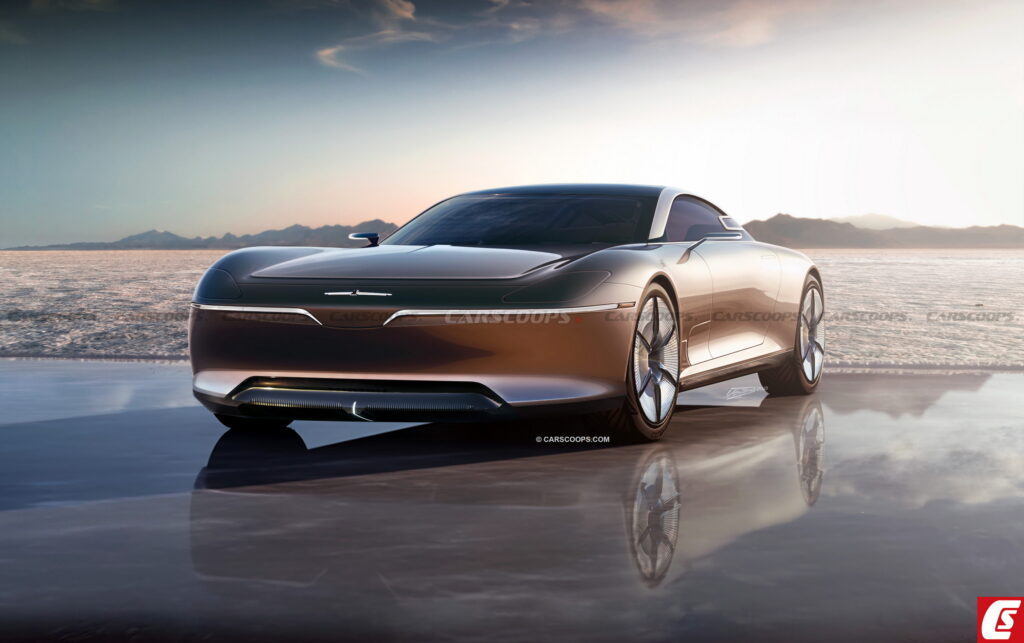
When contemplating the design direction for this study, this writer dived back into the Thunderbird’s past for aesthetic inspiration. Opposite to many new vehicle designs, this one goes down the keep-it-simple route. It sports curvaceous sheet metal devoid of hard creases and overwrought details.
Thunderbird enthusiasts will notice the slim DRLs mimic the outline of the headlamps of the ’80s generation cars, and the side profile features a new take on the classic porthole pillar windows. In a nod to the past, the main headlamps are pop-up items with sensors to retract them in the event of a pedestrian collision.
The car’s rear has been lengthened to exude elegance with a long, tapering trunk lid. In fact, the decision to exaggerate the rear sheet metal is inspired by the Derek Meddings designed machines that once featured in the classic TV show bearing a similar name.
Grand Touring
The Ford Thunderbird throughout the years, from 1955 to 2005 (Photos Ford)
Rather than heading down the much-rumored Corvette route, this design study focuses on a premium, grand touring driving experience rather than a mid-engine track day weapon.
As with the exterior, in the cabin much emphasis is on design simplicity with horizontal trim inlays and user-friendly controls. A large, curved OLED screen would perform digital instrument cluster and infotainment duties with embedded AI-based voice assistants and wireless phone mirroring.
Augmented reality heads-up display would project information across the entire width of the windscreen, benefiting both driver and passenger. Ford’s BlueCruise would take care of Level 3 semi-autonomous driving duties.
Grand Performance

Performance-wise, the coupe would eschew the ICE era and embrace full electrification on an all-new platform. Ideally, it would sport a single rear axle motor on base variants, whilst dual motor options would suit those wanting all-weather security and performance.
Outputs would match or surpass the current S650 Mustang, with performance versions of the Thunderbird flying past the 600 hp mark. Next-generation solid-state batteries resulting from the blue oval’s investment in Solid Power would enable longer ranges, decreased fire risks and faster DC charging speeds in a smaller footprint. It would also adopt Tesla’s charging standard as part of the two automakers’ agreement to allow Ford owners to use the US EV manufacturer’s charging infrastructure.
Electrified Rivals
As the electric vehicle market continues to grow, so do the opportunities. A Thunderbird EV would have the market largely to itself. Sure, there is the upcoming Dodge Charger Daytona EV and MG Cyberster (the latter has zero heritage as a model nameplate), whilst others, like the Corvette E-Ray and Mercedes-AMG SL, are performance hybrids at best.
We’d love to hear your thoughts on it: should the Thunderbird return? Tells us your views in the comments below.
